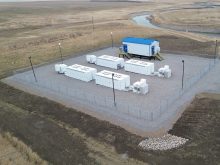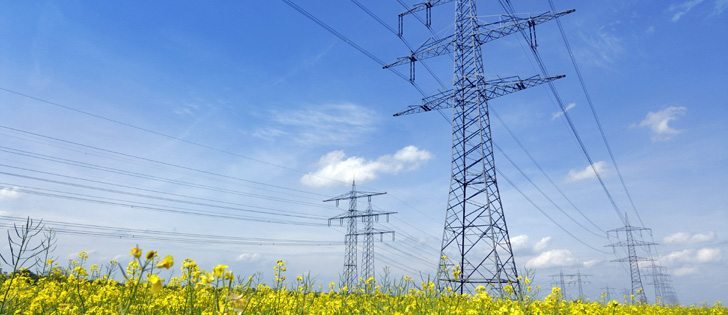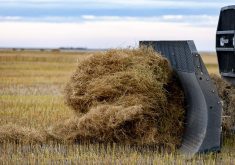Alternative power Solar Energy Society of Alberta says technology is viable in Saskatchewan and Alberta
Farmers in southern Alberta and southern Saskatchewan are ideally situated to use solar energy, says the executive director of the Solar Energy Society of Alberta.
Long hours of sunshine make the region the best in Canada for solar energy potential, and the technology is becoming more affordable.
Rob Harlan said the cost of photovoltaic modules has dropped 85 percent in the last five years, removing one of the primary barriers to adoption of solar energy options.
“It’s getting close to grid parity, and by grid parity we mean the same cost that you would pay for an alternative form of electrical generation such as coal and natural gas,” Harlan said before a Nov. 6 speech to the Southern Alberta Council on Public Affairs.
Read Also

Trump’s tariffs take their toll on U.S. producers
U.S. farmers say Trump’s tariffs have been devastating for growers in that country.
Harlan said the Alberta government once offered an incentive program to farmers interested in setting up solar systems, and participation was “fast and enthusiastic.”
“It’s quite applicable to the farming community in my eyes because farmers have a lot of space. Generally, they have really good solar access because here we are on the Prairies,” he said.
“Farmers are typically used to making capital investments in equipment. They’re not afraid of 10 year or 15 year paybacks, and they are mechanical people. They are not afraid of technology. So it’s a great match with farmers.”
The solar energy society website said 1,096 solar systems were installed in Alberta as of Nov. 7, with a capacity of 4.954 kilowatts. That is about three one-hundredths of a percent of the estimated solar generating capacity in the province, “so we’ve got a lot of room to move,” said Harlan.
Sun and clear skies aren’t the only advantages for the southern Prairies when it comes to solar: so are cold winters. Harlan said the efficiency of photovoltaics increases by .38 percent with every degree drop in temperature.
It means a solar array in a field near Walsh, Alta., would perform better than an array on a hot roof in Texas.
Government incentives or support could encourage farmers and others to realize greater solar potential, added Harlan.
“It doesn’t necessarily just have to do with money. It could have to do with removing barriers, reducing permit prices, providing education, providing public examples, that kind of thing,” he said.
“There’s a lot of roles for government in promoting solar, and they could speed up the adoption.”
















